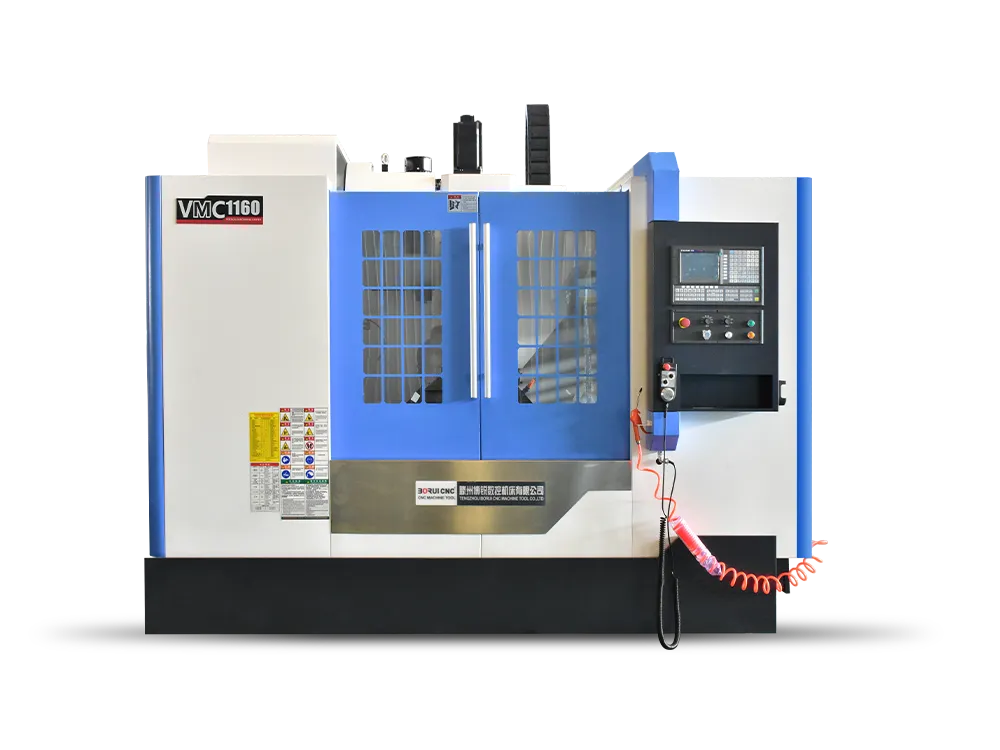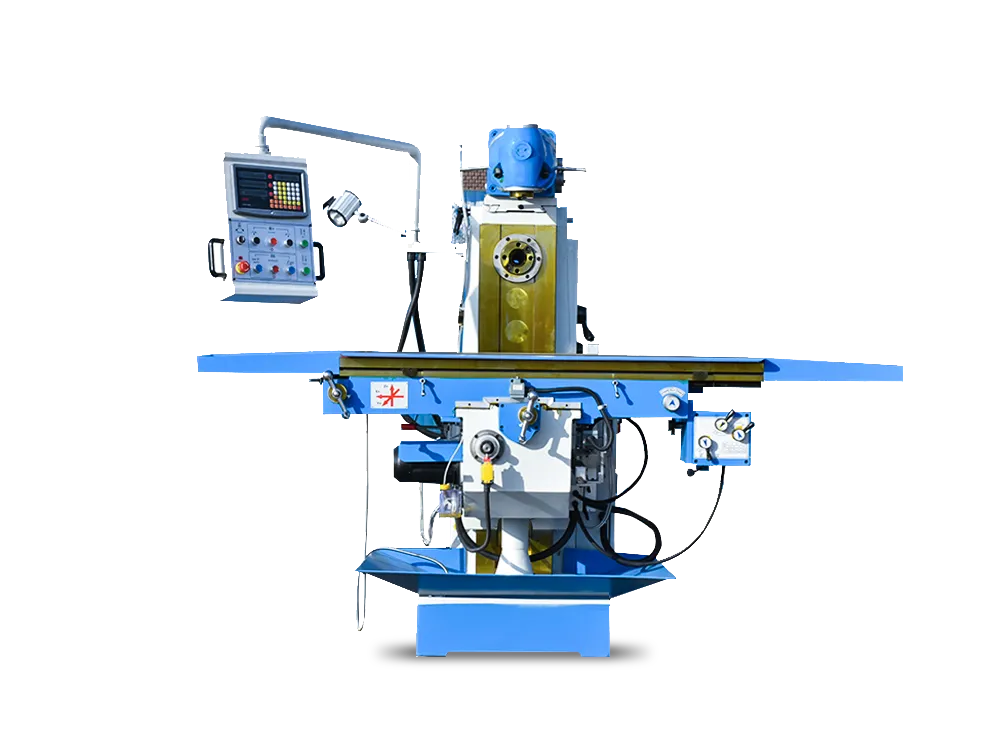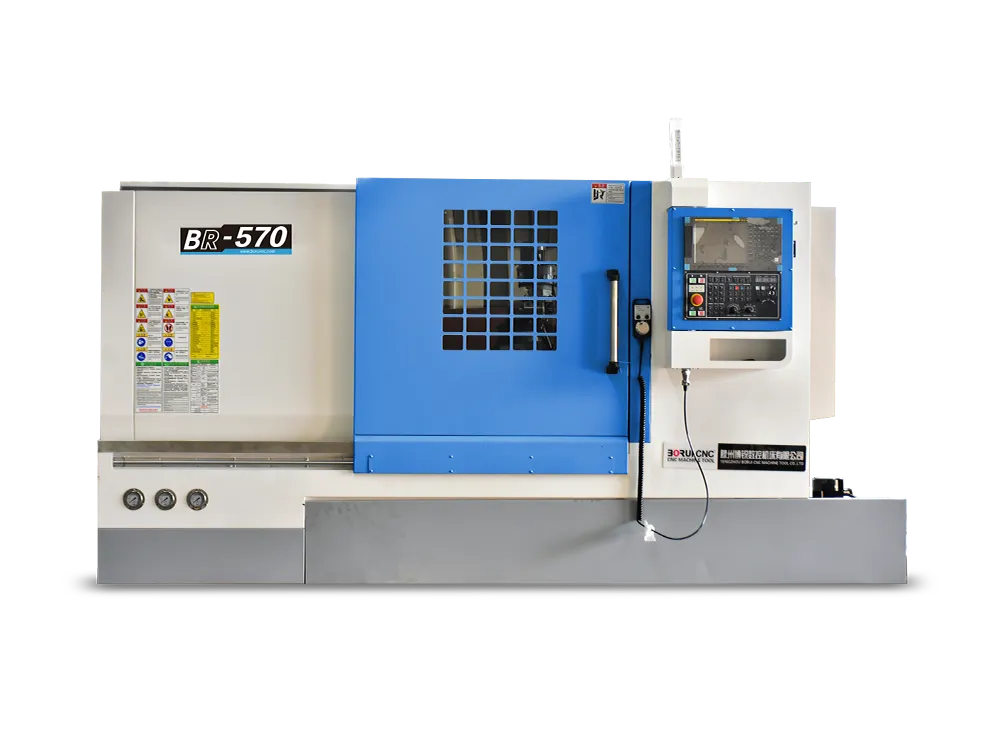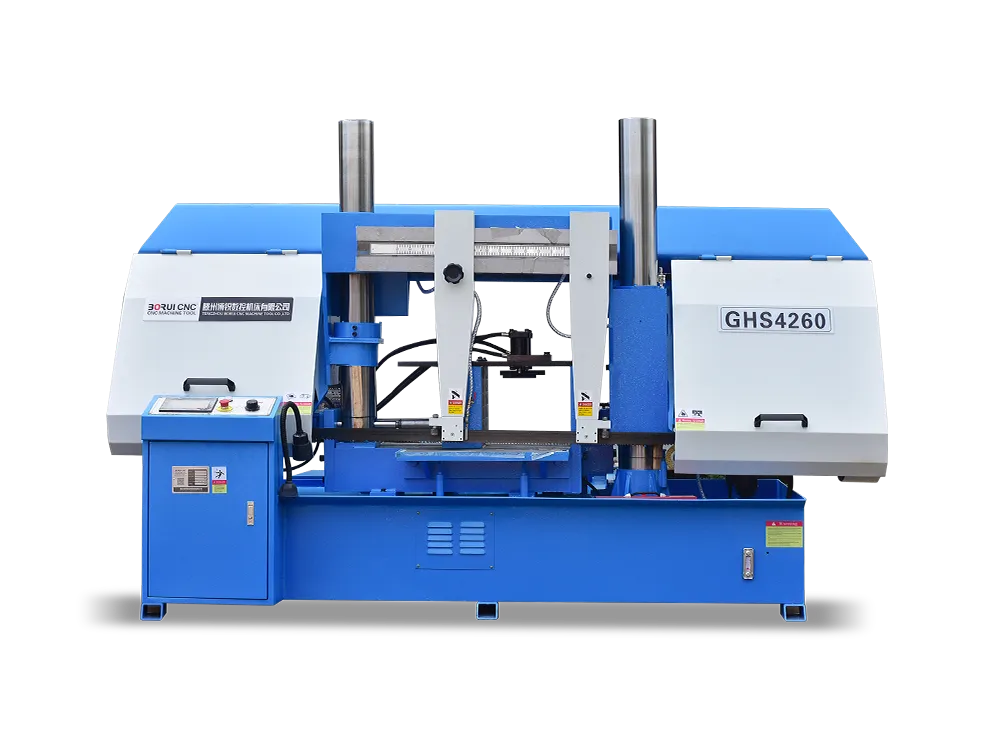CNC lathe and milling are standard machines used in metalworking. Their usage is similar, as they are used to cut and shape any material.
However, they work differently. The differences between CNC lathe and CNC milling are very prominent.
Both of these tools differ in the way they work and operate.
A CNC milling machine holds the material and moves the tools to cut it. The lathe machine moves the material instead of the tools.
Moreover, the lathe machine is limited and creates only cylindrical shapes. The CNC milling machine is super versatile.
Both of these two CNC machines are not new. They have been in the work for the last many decades.
However, the introduction of CNC technology has made them more efficient. This guide will highlight all of their fundamental differences.
What is CNC Machining?
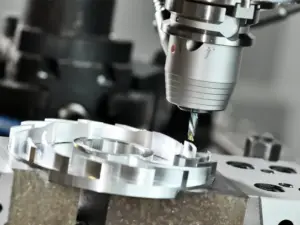
Before discussing lathes and milling machines, understanding CNC machining is crucial. This word may seem miniature, but it greatly affects the metalwork industry. Both lathe and milling are practical examples of CNC machining.
CNC machining is based on a subtractive process. It is opposite to the additive or addition process. Such machines take the material and cut it into small pieces. They are commonly used to clean, shave, or make a material more attractive.
The word CNC is critical, and it indicates Computer Numerical Control. In simple words, it is the brain that instructs the machine to work. Its usability has made the metalwork faster and more efficient. Both lathe and milling machines consist of CNC technology for operations.
Although CNC machines are automated, they still need human labor. The operators plan the work and instruct the machine. Once the setup is complete, CNC machines automatically do their jobs. A dedicated computer controls them.
What is the Difference Between a CNC Lathe and CNC Mill?
As I said earlier, the roles of both machines are the same. They cut and shape the material according to needs. But how they work makes them bulls apart. In the section below, I will discuss their major differentiating factors.
1. Movement of Material and Tools
The fundamental difference between these machines is the way they process the material. The milling machine keeps the material in one place. Cutting tools placed in spindles move at very high speed. These tools cut and shape the steady material as per instructions through CNC.
On the other hand, the lathe machine moves the material instead of cutting tools. The workpiece (material) is moved and touched by the cutting tools. These tools cut the material into smaller parts as required. This machine makes a basic cylindrical shape as the material moves one in 2 axes.
2. Designs & Shape & Output Products
The CNC milling machine is more advanced. It keeps the material intact and can move the cutting tools from 3 to 6 axes. Thanks to the versatile movement, it can create a different shape from any material. Those include Flat surfaces, curves, drill holes, pockets, and other 3D shapes.
The lathe machine only moves the material into two axes (x-axis and y-axis). Therefore, it cannot cut the material into different shapes. It usually offers symmetrical, cylindrical or conical. It can move the material inward and outward, resulting in a single shape.
| CNC Lathe Products | CNC Mill Products |
| Shafts, Disc Cams | Flat Surfaces, Grooves |
| Bushings and Bearings | Pockets, Gears |
| Crankshafts, Rotating Bodies | Complex Curved Surfaces |
| Screws, Knobs | Molds and Dies |
| Threaded Parts | Precision Components |
| Rotating Bodies | Custom Parts & Shapes |
3. Efficiency & Effectiveness
No doubt, both CNC lathe and milling are helpful. Their extensive usability in small to large-scale businesses proves their value. However, the milling machine is considered more efficient and effective. It offers more adjustability and control to the operator.
The lathe machine is a good option when the user needs limited shapes. Generally, smaller businesses use this machine due to its lower cost. However, the milling machine is ahead when it comes to being practical. The user can get any desired shape from any material with a melting machine.
4. Cost & Affordability
As I said, CNC milling machines are more futuristic. It moves the cutting material in different axes. The material can be cut into any shape with significantly less time. Their precision is also top-notch. Conversely, the lathe machine lags slightly and cuts material in limited shapes.
The demand for the milling machine is very high. Large businesses prefer milling over lathes. That’s why the prices of the milling machine are high. Small companies that prefer metalwork prefer lathe work due to lower prices.
A Lathe or Mill: What is the Better?
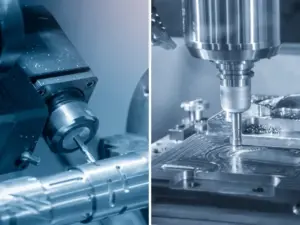
It primarily depends on the needs and preferences of the users. Both perform their function effectively as per their way of working. The mill is considered a superior option due to its versatility and precision.
Imagine a new startup that is just getting started. Which one will be better for him, the lathe or the mill? Lathe because it will be more affordable to newcomers. However, when it comes to someone who is already established, a mill will be the best option.
Bear in mind that the lathe offers limited functionality. It does not allow you to cut the metal or wood into different shapes. However, it can be a good starting point. The mill machine is versatile and gives you control. It improves the efficiency of the business. However, it is expensive.
Types of CNC Lathes and CNC Mills
In the past, there were limited CNC machines. Their features could have been more extensive. Various types of lathe and mill machines emerged as the technology revolution emerged. However, they all serve the essential functions of cutting and shaping the material. Here is a table showing their types:
| CNC Lathes | CNC Mills |
| Center Lathe (the most basic type) | Vertical Machining Center (VMC) |
| Turret Lathe (Fast and efficient) | Horizontal Machining Center (HMC) |
| Capstan Lathe (For smaller products) | Bed Mill (suitable for heavier workpieces) |
| Swiss-type lathe (Known for precision) | Knee Mill (consists of adjustable work table) |
| Multi-Spindle Lathe (Ideal for repetitive machining tasks) | Gantry Mill (For machining large & oversized parts and materials) |
It is noteworthy that all the types mentioned above vary from one another. Their efficiency, cost, way of working, and the material they work on can be different from each other. You should opt for the machine that actually meets your requirements.
What Materials Do CNC Lathes and CNC Mills Work With?
Regarding material compatibility, both the lathe and the mill are the same. They can cut or shape any material. However, their efficiency and speed will depend on the type of work. Stiff and robust materials will require more power and time.
Both CNC machines are usually used to cut metals. However, their usability is more comprehensive than just metals. Here is a detailed list of materials that can be worked on with these machines:
- Metals, for example, aluminum, steel, stainless steel, brass, copper, titanium, etc
- Plastics include acrylic, PVC, nylon, polycarbonate, and Delrin (acetal).
- Wood such as maple, oak, and walnut. Both hard and soft wood types can be cut with these machines.
- Composites such as fiberglass, carbon fiber, etc.
- Ceramics, for example, alumina, zirconia, and silicon nitride.
- Hardest stones that people use in their houses for beauty and decorations.
How Can You Choose the Right CNC Machine?
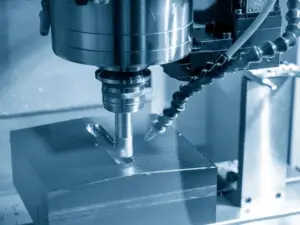
During decision-making about CNC machines, needs and preferences play a crucial role. Both lathe machines and mill machines are excellent in their respective ways. However, if you use them for different purposes, they both will prove to be trash.
For example, suppose you chose the lathe machine to get complex shapes. What kind of output would you get? Awful! That’s why understanding one’s requirements is the key. Here is the list of the factors that will help you while choosing between a CNC mill vs a lathe:
- Type of Work: The lathe machine will work fine for simple tasks. These include putting holes and finishing material. A CNC mill machine will be suitable for complex work. For example, drilling, extreme shaping, or engraving.
- Business Requirement: Smaller businesses with less work volume should use the lathe machine. It will save money and offer decent performance. However, if you see the influx of work as a business owner, going with a mill machine would be wise.
- Machine Rigidity: Those machines with solid build quality will bear extreme usage. Although such machines will be expensive, they are worth the extra bucks. The fragile, sensitive machine will become a headache. You should spend decently and find a durable, reliable machine.
- Controls & Interface: If you are a new business, I recommend a machine with a simple interface. The reason is that it will be easy for you to understand and use. The more complex interface will confuse you.
- Pricing & Affordability: The CNC lathe machine is budget-friendly. However, it offers limited functionality. You should only consider it if you have less work and don’t aim to grow as a professional business. Although the CNC mill machine is more expensive, it will be a good investment in the long run.
Conclusion
Among CNC mill vs lathe, no one is the loser. Both of these machines serve their purposes. It is all about the needs and preferences of the user. The lathe machine offers limited features. However, it is less expensive as well.
Want more features, versatility, shapes, and efficiency? The CNC milling machine will be your friend. This guide explains the key differences between CNC Lathe and CNC Milling. It will broaden your knowledge base.

